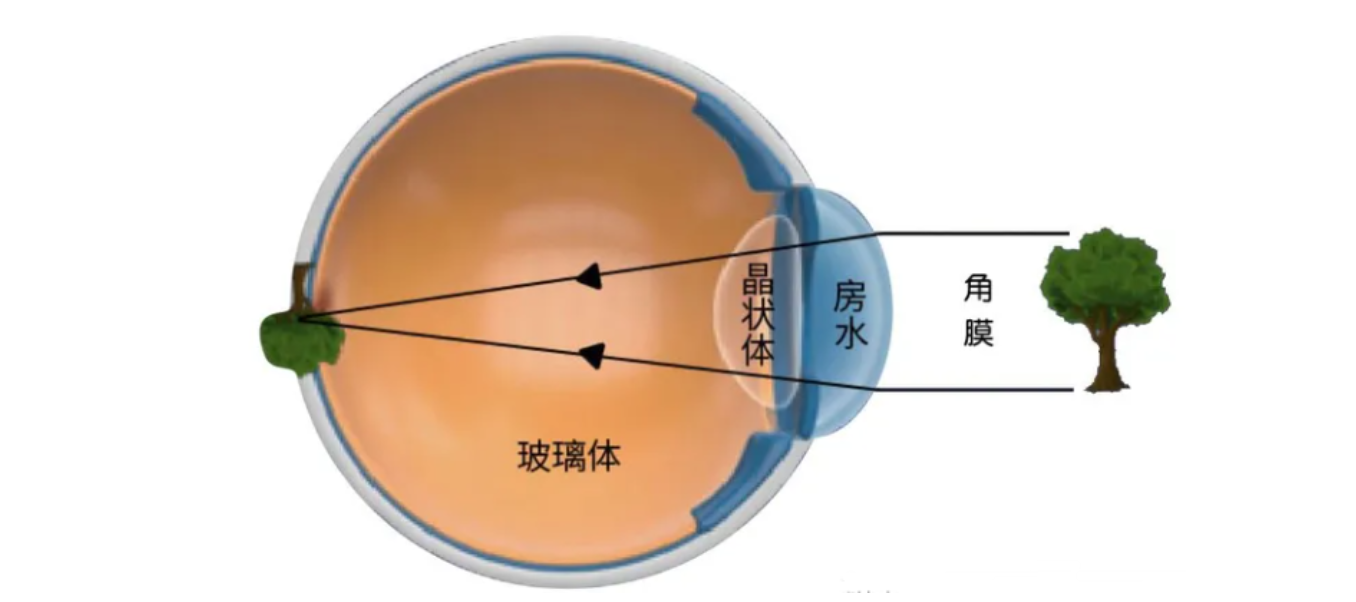Camera modules, also known as camera modules or camera sensor modules, are key components used to capture and record images or videos in
electronic devices such as smartphones , tablets , laptops, and surveillance cameras . Camera modules usually include the following main parts:
Lens: Responsible for focusing light onto the camera sensor. The quality of the lens directly affects the clarity and color performance of the image.
Camera sensor : This is the core component of the camera module, usually a small chip on an integrated circuit board . The sensor is responsible for converting the light focused by the lens into electrical signals, thereby generating a digital image. Common types of camera sensors include CMOS (complementary metal oxide semiconductor ) and CCD ( charge coupled device).
Image Processor (ISP): used to process the raw image data captured by the camera sensor, including color correction, contrast enhancement, noise reduction, etc., to improve the quality of the final image.
Optical Image Stabilization (OIS): A technology used to reduce image blur caused by device movement (such as hand shake) .
Other auxiliary components: such as flash, infrared filter, autofocus motor, etc., are used to enhance the functions and performance of the camera module.
What is the working principle of camera module imaging ?
The working principle of imaging mainly includes the following steps:
Optical imaging: When light enters the camera module through the lens, the light is focused by the lens system to form an optical image of the actual scene. The lens system includes a combination of convex lenses and concave lenses to adjust the incident angle and focal length of the light.
Photoelectric conversion: The optical image is projected onto the photosensitive element of the camera module (such as CCD or CMOS sensor), which converts the light signal into an electrical signal. In a CMOS sensor, each pixel contains a photodiode , and light shining on the pixel generates an electric charge, which is then converted into an electrical signal.
Signal processing: The camera module will amplify and filter the electrical signal to ensure image quality and accuracy. Signal processing includes removing noise, adjusting color balance, enhancing details, etc. to obtain clear and accurate images.
Digital output: After signal processing, the camera module will output digital image data, which can be subsequently processed by the device's image processor,

After the imaging photoelectric signal is output, the light reflected by the photographed object will propagate into the lens. The optical lens will focus the light onto the image sensor . The image sensor uses the charge accumulated by the light to convert the light signal into an electrical signal for output. The image processing chip will process the output electrical signal and convert it into a digital signal to form an image output.
The CMOS or CCD integrated circuit in the camera module is the key to converting optical signals into electrical signals. The information processed by the digital signal processor is finally converted into image signals in standard GRB, YUV and other formats.

What are the types of camera module connection methods?
There are several types of camera module connection methods:
1. Interface connection: The camera module can be connected through interfaces, such as USB , MI PI (mobile industry processor interface), etc. These interfaces are used to transmit image data and control signals.
2. Welding connection: In some devices, the camera module may need to be connected to the motherboard or other circuits by welding , which is a relatively fixed and stable connection method.
3. Slot connection: Some camera modules are designed with a slot connection, similar to inserting the module into a slot on the motherboard, which makes replacement and maintenance easier.
4. Wireless connection: Some camera modules support wireless connection, communicating with devices and transmitting image data via Bluetooth , Wi-Fi or other wireless technologies .
These are common camera module connection methods. Depending on the design and requirements of different devices, there may be other specific connection methods.
The performance and quality of the camera module are critical to the device's photo and video recording capabilities. Devices from different manufacturers and models may use different camera module configurations, which may affect the photo quality, performance in low-light conditions, video recording quality, and other related features (such as night scene mode, portrait mode, ultra-wide-angle shooting, etc.).


